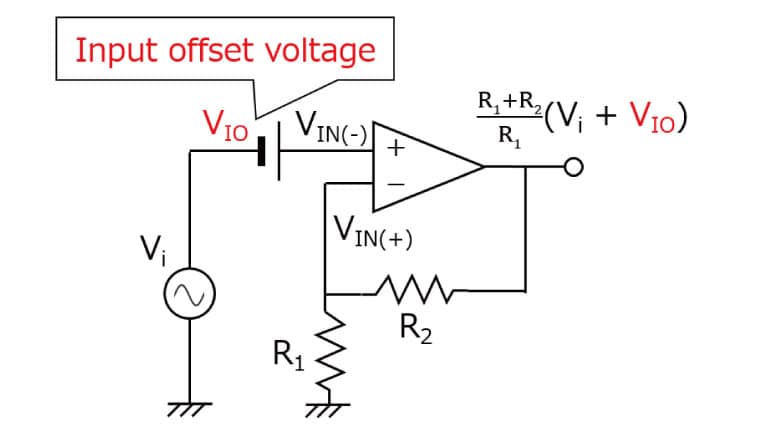- General Top
- SEMICONDUCTOR
- STORAGE
- COMPANY
-
My ToshibaSemicon
- Semiconductor Top
-
ApplicationsAutomotive
Body Electronics
xEV
In-Vehicle Infotainment
Advanced Driver-Assistance Systems (ADAS)
Chassis
IndustrialInfrastructure
BEMS/HEMS
Factory Automation
Commercial Equipment
Consumer/PersonalIoT Equipment
Healthcare
Wearable Device
Mobile
Computer Peripherals
-
ProductsAutomotive Devices
Discrete Semiconductor
Diodes
Transistors
Logic ICs
Analog Devices
Digital Devices
Wireless Devices
※
: Products list (parametric search)
Power SemiconductorsSiC Power Devices
※
: Products list (parametric search)
Isolators/Solid State RelaysPhotocouplers
Digital Isolators
Solid State Relays
Fiber Optic Transmitting Modules
※
: Products list (parametric search)
MOSFETsIGBTs/IEGTsBipolar Transistors※
: Products list (parametric search)
Diodes※
: Products list (parametric search)
MicrocontrollersMotor Driver ICsIntelligent Power ICs※
: Products list (parametric search)
Power Management ICsLinear ICs※
: Products list (parametric search)
General Purpose Logic ICsLinear Image SensorsOther Product ICsOther Product ICs
※
: Products list (parametric search)
-
Design & Development
-
Knowledge
- Where To Buy
- Part Number & Keyword Search
- Cross Reference Search
- Parametric Search
- Stock Check & Purchase
This webpage doesn't work with Internet Explorer. Please use the latest version of Google Chrome, Microsoft Edge, Mozilla Firefox or Safari.
require 3 characters or more. Search for multiple part numbers fromhere.
The information presented in this cross reference is based on TOSHIBA's selection criteria and should be treated as a suggestion only. Please carefully review the latest versions of all relevant information on the TOSHIBA products, including without limitation data sheets and validate all operating parameters of the TOSHIBA products to ensure that the suggested TOSHIBA products are truly compatible with your design and application.Please note that this cross reference is based on TOSHIBA's estimate of compatibility with other manufacturers' products, based on other manufacturers' published data, at the time the data was collected.TOSHIBA is not responsible for any incorrect or incomplete information. Information is subject to change at any time without notice.
require 3 characters or more.
What is the input offset voltage of an op-amp?

In the case of the ideal op-amp, the DC voltage of the VIN(+) and VIN(-) terminals match exactly when the input voltage (Vi) is 0 V. In reality, however, there are differences in input impedance and input bias current between the VIN(+) and VIN(-) terminals, causing a slight difference in their voltages. This difference called input offset voltage is multiplied by a gain, appearing as an output voltage deviation from the ideal value.
When used in amplifiers of sensors, etc., the input offset voltage of an op-amp results in an error of sensor detection sensitivity. To keep sensing errors below a specified tolerance level, it is necessary to select an op-amp with low input offset voltage.

Related Links
The following documents also contain related information:
- Parametric Search : Low input offset voltage Operational Amplifier ICs
- Parametric Search : Operational Amplifier ICs
- FAQs : Characteristics of op-amps (What is the ideal op-amp?)
- Application Notes : Basics of Operational Amplifiers and Comparators (PDF:1.08MB)
- Application Notes : Low-Noise CMOS Operational Amplifier Ideal for Sensor Signal Amplification (PDF:787KB)
- Application Notes : Signal Gain and Noise Gain of Op Amp (PDF:813KB)
- Mini catalog : Introduction to Op amps Comparators (PDF:600KB)

